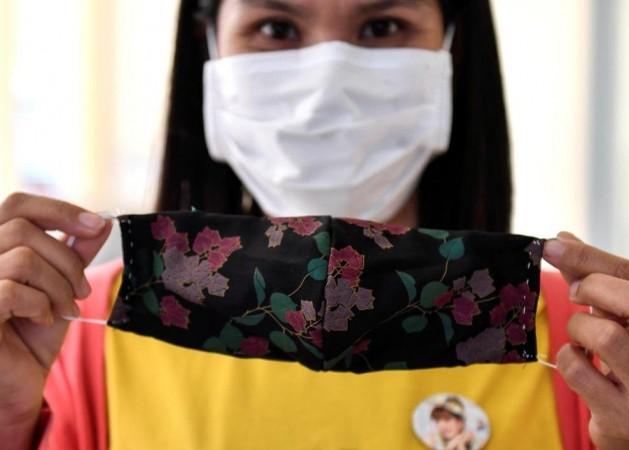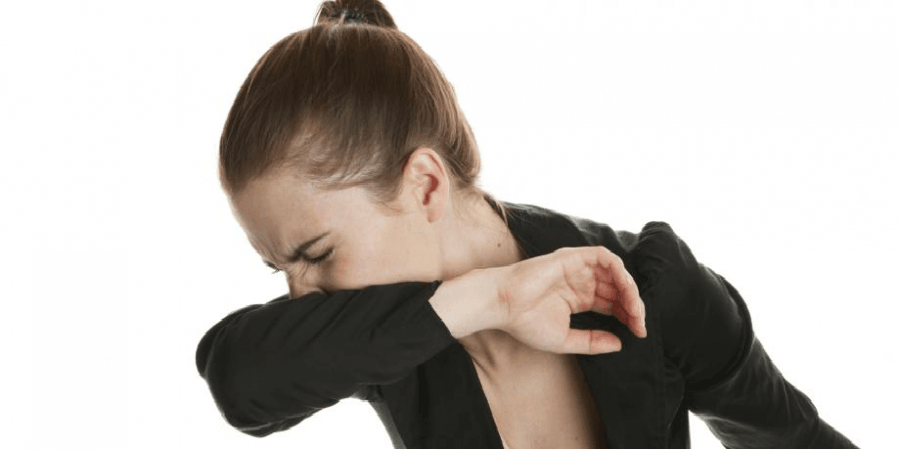There's a lot of debate about face masks and their effectiveness as a preventive measure during coronavirus pandemic. WHO recommends people showing symptoms of flu wear a face mask, which is to protect others around you. People hoarding face masks has created a shortage around the world and many companies, even those not associated with manufacturing personal protective items, are making face masks to meet the demands.
If you have been wondering if face masks really work or they are being used unnecessarily as the coronavirus scare has people worried for their safety, here's a visualization of a person breathing, talking and coughing with or without masks.

The video at the beginning of the article visualizes the airflow caused by a person breathing and coughing. On one side, the person is without a face mask and the other side shows the person wearing a mask. LaVision demonstrates the effectiveness of the mask to prevent the spread of cough and sneeze particles using a simple Schlieren imaging technique.
Covering mouth while coughing, sneezing
The demonstration shows covering the mouth while coughing or sneezing doesn't effectively stop the particles from mixing into the air. The person uses the elbow to try and cover as much mouth as possible, but it turns ineffective. Another observation is that coughing into your elbow only reduces the distance of the particles traveling directly on to the person in front of you, but doesn't stop it from mixing in the air.

According to health experts, coronavirus can live for 3 days on some surfaces like plastic and steel. But if the virus is suspended in droplets smaller than 5micrometers, it can stay in the air for 30 minutes before it settles on the surfaces, where it can linger for longer.

















